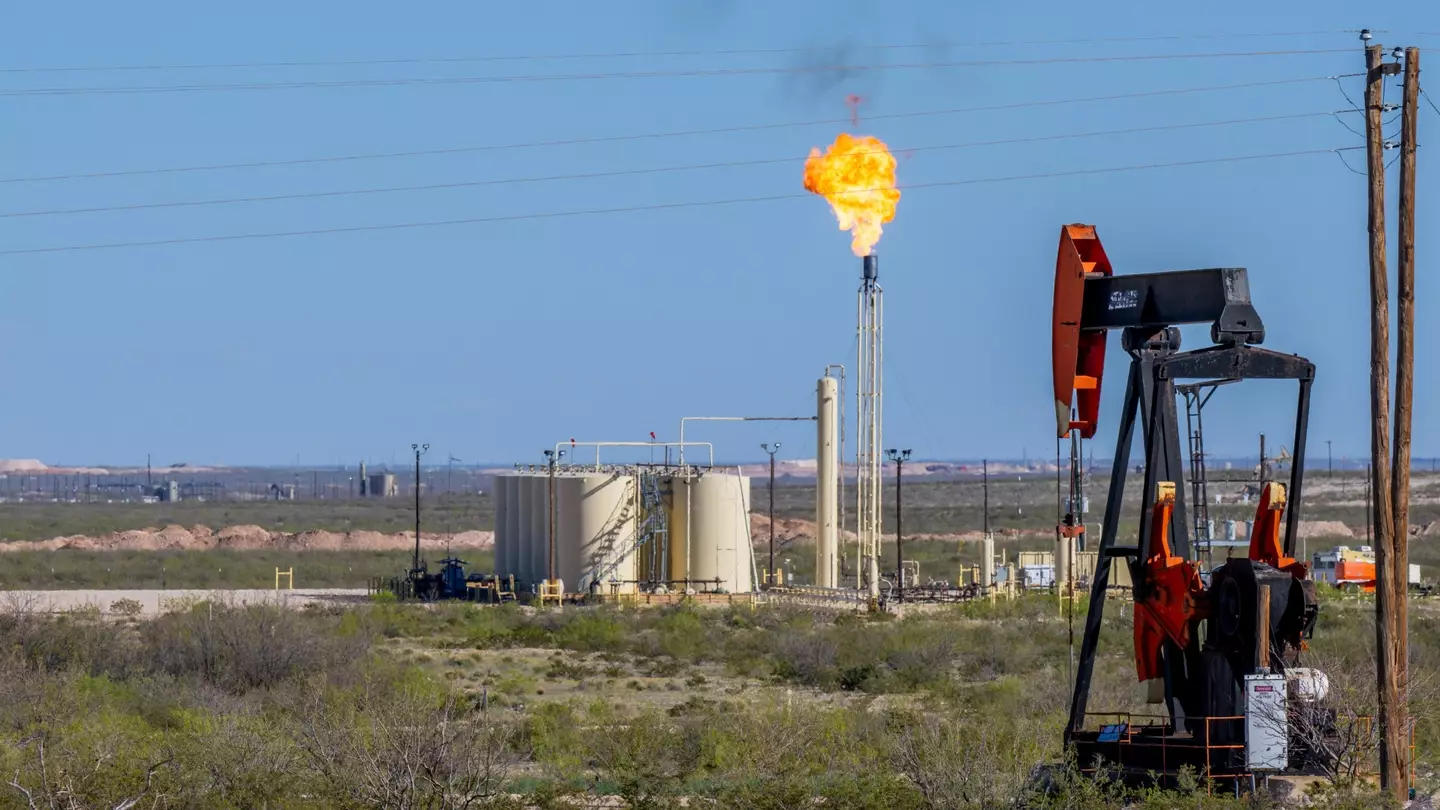
Texas oil field the size of Florida could devastate USA with 'toxic radioactive brine'
It might have cemented the US as an oil giant - but at what cost?
Featured Image Credit: Brandon Bell/Getty Images
Topics: Science, US News, Nature, Environment, Health
 Ellie Kemp
Ellie Kemp
Ellie joined UNILAD in 2024, specialising in SEO and trending content. She moved from Reach PLC where she worked as a senior journalist at the UK’s largest regional news title, the Manchester Evening News. She also covered TV and entertainment for national brands including the Mirror, Star and Express. In her spare time, Ellie enjoys watching true crime documentaries and curating the perfect Spotify playlist.
@EllieKempOnline